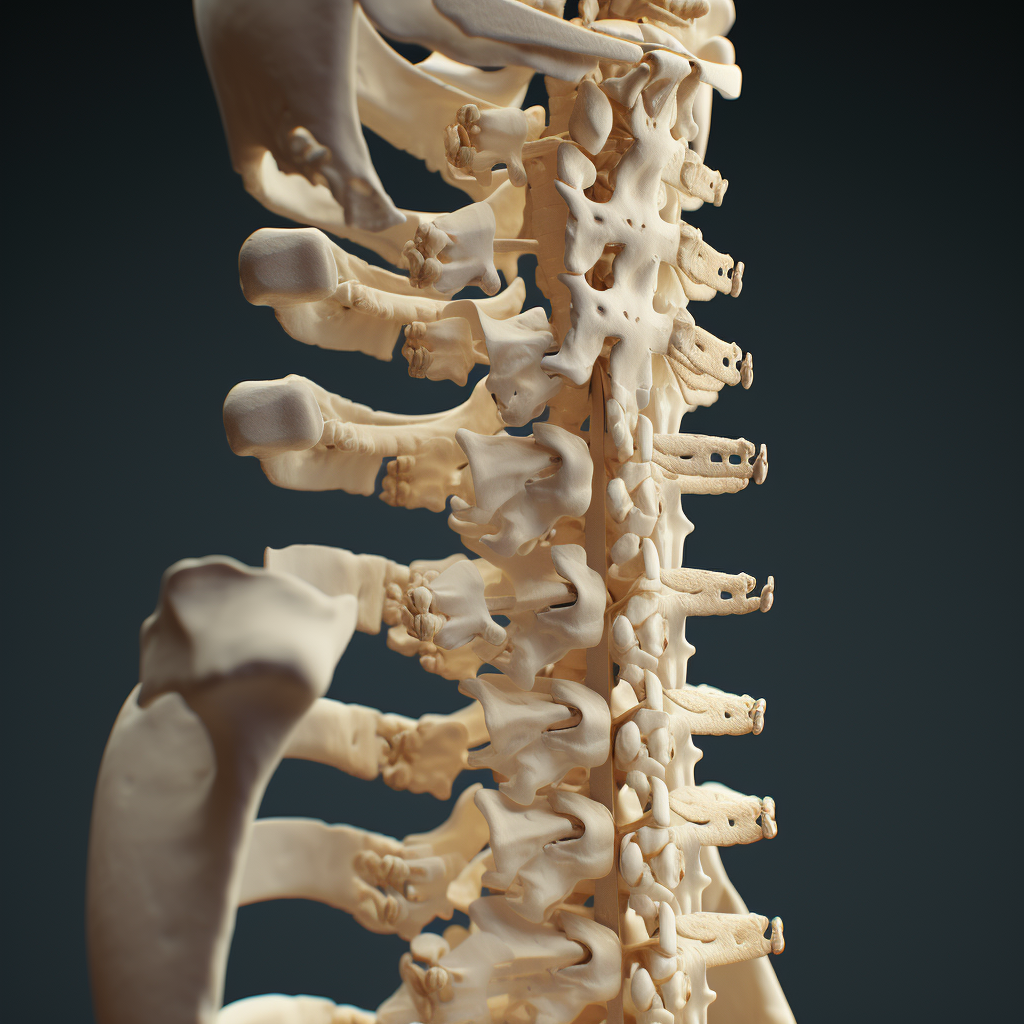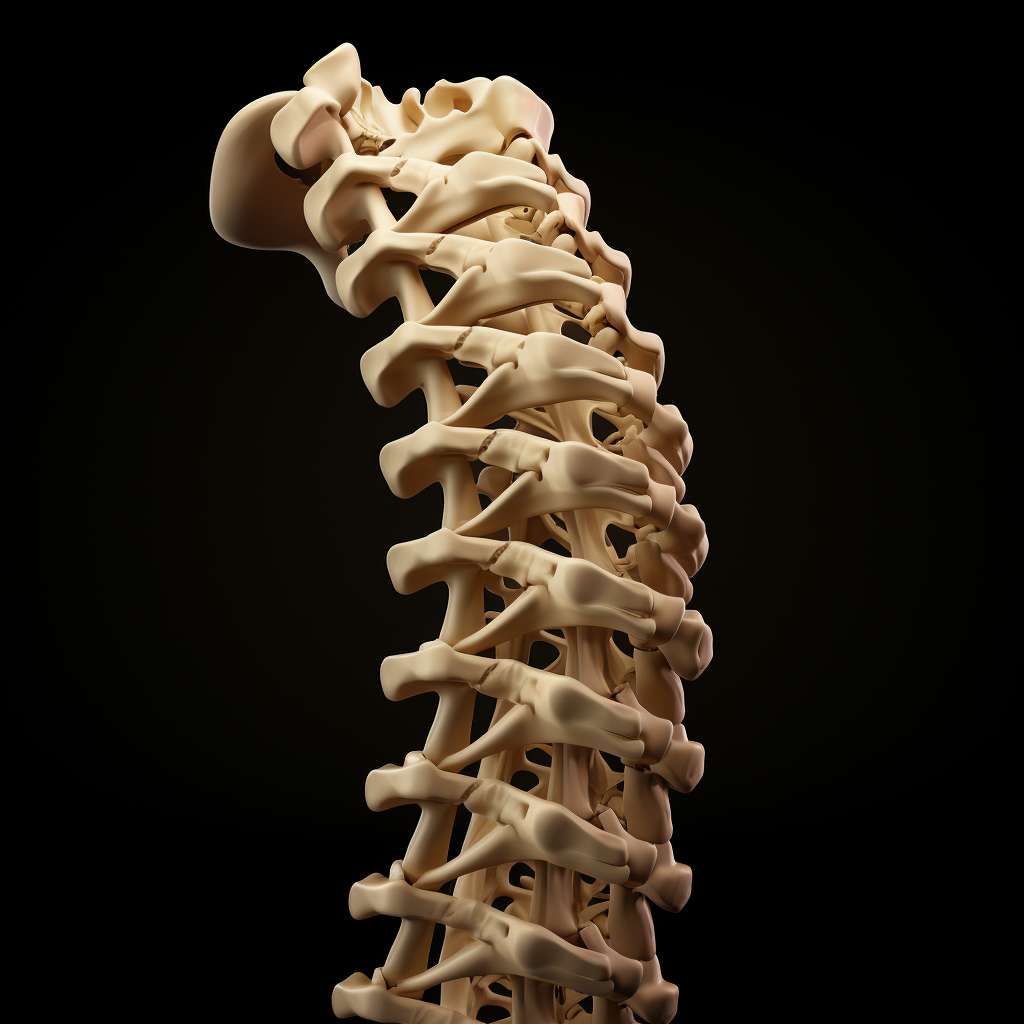Chiropractic Explained: Unlocking Spinal Health & Well-being

With over a century since its inception, chiropractic treatment has surged in popularity, steadily cementing its place in modern healthcare. Today, millions globally have reaped its benefits, with many citing profound improvements in their quality of life. But what lies at the heart of this medical discipline? The importance of understanding the underlying principles of chiropractic cannot be overstated. By doing so, we can better appreciate its value in promoting holistic health. Thus, this article aims to demystify the question: how does chiropractic work?
II. The Core Principles of Chiropractic Care
Chiropractic theory revolves around the interrelation of the body’s structure, primarily the spine, and its function. The spine, a magnificent structure, plays a pivotal role in our overall well-being. Misalignments can cause discomfort, pain, and even disease. Central to chiropractic philosophy is the significance of the nervous system. The belief is that a healthy spine fosters an optimally functioning nervous system. Therefore, ensuring spinal alignment and balance becomes the bedrock of chiropractic adjustments.
Facts and Statistics:
Daniel David Palmer, the founder of chiropractic, performed the first official chiropractic adjustment in 1895. The patient, Harvey Lillard, reported improved hearing after the adjustment, linking spinal health to overall bodily function.
III. Chiropractic Adjustments: The Mechanics
Misalignments of the spine, known as subluxations, can impede the nervous system’s performance. Here’s where the art of chiropractic adjustments steps in to correct these subluxations. What do chiropractors treat with these adjustments? The spine, primarily, and its related effects on the body. Chiropractors employ a myriad of techniques to ensure the spine’s optimal position:
- Manual adjustments: Direct application of force to realign joints.
- Instrument-assisted adjustments: Using specialized tools to provide precise adjustments.
- Other specialized techniques: Including drop-table techniques, activator methods, and more.
Facts and Statistics:
While chiropractors are best known for spinal adjustments, they can also adjust other joints in the body, including wrists, knees, and elbows.
IV. The Science Behind Chiropractic
As with any medical discipline, empirical research is paramount. Numerous studies vouch for the effectiveness of chiropractic care. A clear connection emerges between chiropractic adjustments and pain relief, especially concerning musculoskeletal issues. Beyond mere pain relief, chiropractic care offers potential benefits for:
- Back and neck pain: Often due to sedentary lifestyles or injuries.
- Headaches: Especially tension-related ones.
- Joint health: Improving mobility and alleviating pain.
- Athletic performance: Enhancing flexibility and reducing the risk of injury.
- Overall wellness: Boosting immune function and improving sleep, to name a few.

Facts and Statistics:
A study published in the Journal of Manipulative and Physiological Therapeutics found that patients who received chiropractic treatments were less likely to undergo surgery than those who didn’t.
V. Holistic Approach of Chiropractic Care
Distinguishing itself from many traditional treatments, chiropractic care zeroes in on the root cause rather than just addressing symptoms. This holistic perspective ensures that patients achieve lasting health benefits. Many chiropractors collaborate with other healthcare professionals, ensuring patients receive comprehensive care. Moreover, they often provide lifestyle recommendations, fostering habits that promote well-being.
Facts and Statistics:
In addition to physical adjustments, around 50% of chiropractors also offer advice on things like diet, exercise, and sleep – reflecting the profession’s holistic approach to health.
VI. Addressing Common Questions and Concerns
While increasingly popular, chiropractic care remains shrouded in questions and concerns. For many potential patients, apprehensions and misconceptions can act as barriers to seeking this treatment. To foster a more informed perspective, let’s address some common questions.
What Is a Chiropractor For?
Chiropractors are trained professionals who specialize in diagnosing and treating neuromuscular disorders. They emphasize the treatment of these disorders through manual adjustments or manipulations of the spine. The primary goal is to reduce pain, improve functionality, and provide patients with the tools they need to improve their quality of life through ergonomics, exercises, and other therapies.
Is It Safe?
Chiropractic therapy stands out as a safe, non-medicated, and non-intrusive method to address neuromusculoskeletal issues. Like all medical interventions, it’s not without its risks. While many find instant alleviation post-adjustment, a few report transient aches akin to feelings after a workout, usually subsiding in a day.
Who Can Benefit from Chiropractic Care?
Almost anyone can benefit from chiropractic care. Whether you’re an athlete looking for improved performance and injury prevention, an office worker suffering from the strains of a desk job, or someone dealing with chronic pain conditions, chiropractic offers tailored approaches to address individual needs. It’s beneficial for people of all ages, from infants to the elderly.
Frequency and Duration of Chiropractic Visits
The frequency and duration of visits vary significantly depending on the patient’s condition and the chiropractor’s recommendations. An acute condition might require multiple visits in a short timeframe, while maintenance or preventive care might involve regular adjustments spread over a longer duration.
Possible Side Effects and Contraindications
Side effects, though rare, can occur. These might include fatigue, headaches, or temporary discomfort in the body parts treated. Serious side effects are infrequent. It’s essential to communicate with your chiropractor about any health concerns or conditions you have, ensuring that chiropractic care is tailored to your needs and is delivered safely. Some conditions, such as severe osteoporosis, certain forms of cancer, or existing nerve damage, may necessitate modifications to treatment or might be contraindications.
Facts and Statistics:
That distinctive “pop” during a chiropractic session isn’t your bones snapping. Rather, it’s the gas bubbles in the joint fluid making their escape.
VII. Conclusion
In an era dominated by quick fixes, chiropractic treatment provides a refreshingly holistic approach to health. By understanding its core principles and how does chiropractic work, we recognize its potential to address many health issues. With qualified professionals at the helm, chiropractic care promises symptom relief and a journey to optimal health.
Facts and Statistics:
According to a survey conducted by the National Board of Chiropractic Examiners, approximately 27 million Americans visit a chiropractor each year.
References
- Palmer, D. D. (1910). The Chiropractor’s Adjuster: The Science, Art, and Philosophy of Chiropractic. Portland Printing House Co.
- Whedon, J. M., Toler, A. W., Goehl, J. M., & Kazal, L. A. (2018). Association Between Utilization of Chiropractic Services for Treatment of Low-Back Pain and Use of Prescription Opioids. Journal of Alternative and Complementary Medicine, 24(6), 552-556.
- National Board of Chiropractic Examiners. (2018). Practice Analysis of Chiropractic 2020. Greeley, CO: NBCE.





